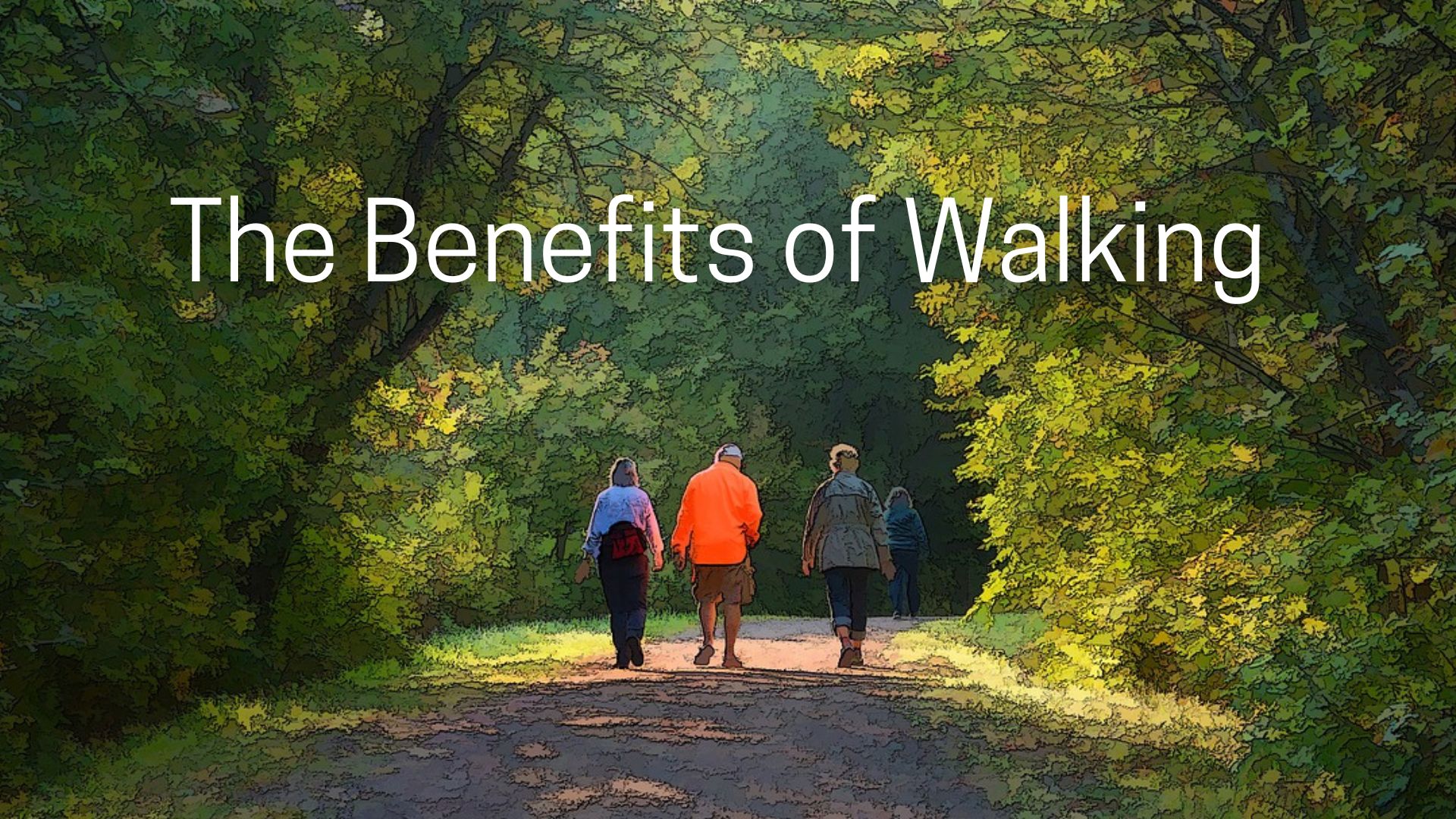Walking is packed with health benefits and may be the best form of physical exercise for seniors. Walking at a low or moderate pace can be less taxing on the joints and just as effective. It has a low risk of injury, and it’s easy to get started.
Benefits of Walking
- Walking Is Easier to Stick With. People give up on high-intensity exercise routines quickly. When participants in a research study were asked to walk 30 minutes a day, three times a week, 70% were still following the routine 8 years later.
- Walking Improves Cardiovascular Health. In some studies walking has been linked to a 15% to 20% reduction in high blood pressure, high cholesterol, diabetes, heart disease, stroke, and as much as a 50% reduction in the risk of cardiac arrest.
- Walking Fights Weight Problems. Any physical exercise will burn calories and help the person exercising manage their weight. But walking has been scientifically linked to further health benefits listed below.
- Walking Boosts Your Immune System. Walking’s health benefits include protection against day-to-day illness. Studies have found that regular walkers get sick less frequently and for shorter periods than people who don’t exercise.
- Walking Reduces Risk of Elderly Disability. A regular walk doesn’t just get seniors out of the home — it could help them stay at home, too. A 2008 study found that regular walking reduced elderly adults’ risk of developing a physical disability by 41%, helping participants maintain their independence and age in place.
- Walking Prevents and Reduces Pain from Arthritis. If you have arthritis, you might think that walking will be too painful for you to do regularly. Multiple studies have found that walking reduces arthritis pain by lubricating knee and hip joints and strengthening surrounding muscles, reducing the strain placed on the joint itself.
- Walking Can Add Years to Your Life. Walking offers numerous health benefits to seniors and younger individuals alike. Researchers found that walking 25 minutes a day added up to seven years to participants’ lifespans.
Starting a Senior Walking Routine
- Start small. It’s easier to start with light walking for short distances than a daily half-hour of brisk walking.
- Try building a walk into a different activity, like a trip to a nearby park for fresh air.
- See if you can find alternatives to walking outdoors when the weather is too hot in the summer or too cold in the winter.
If you want to walk, check out the Poolesville Seniors Walking Club, which meets at the Whalen Commons flagpole on Mondays at 4 pm and Fridays at 7:30 am.

